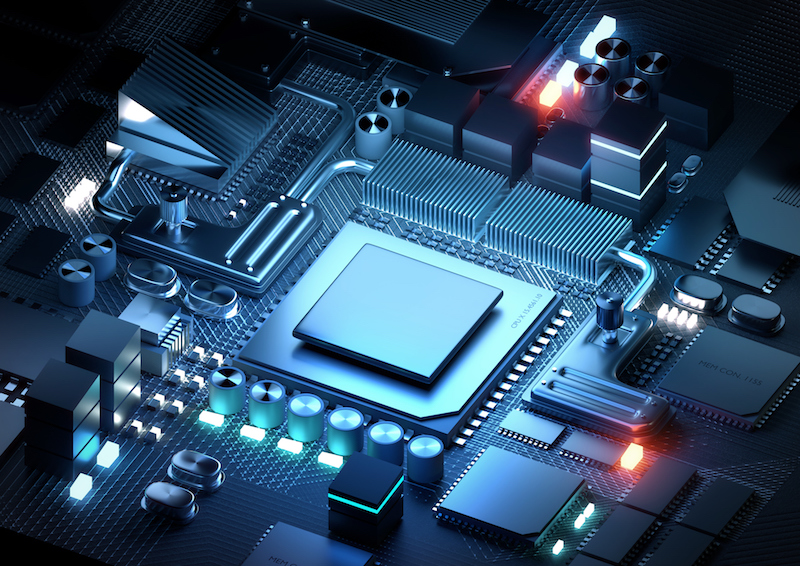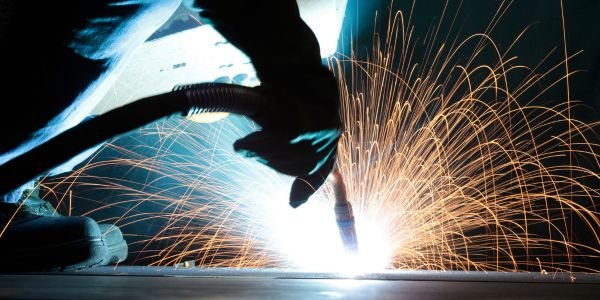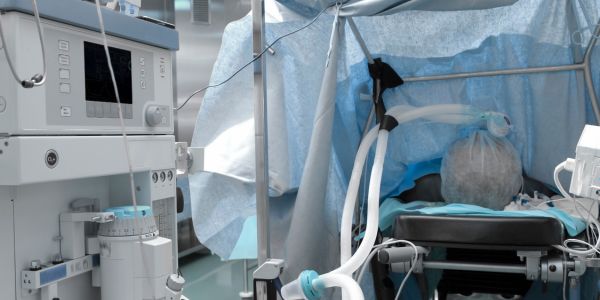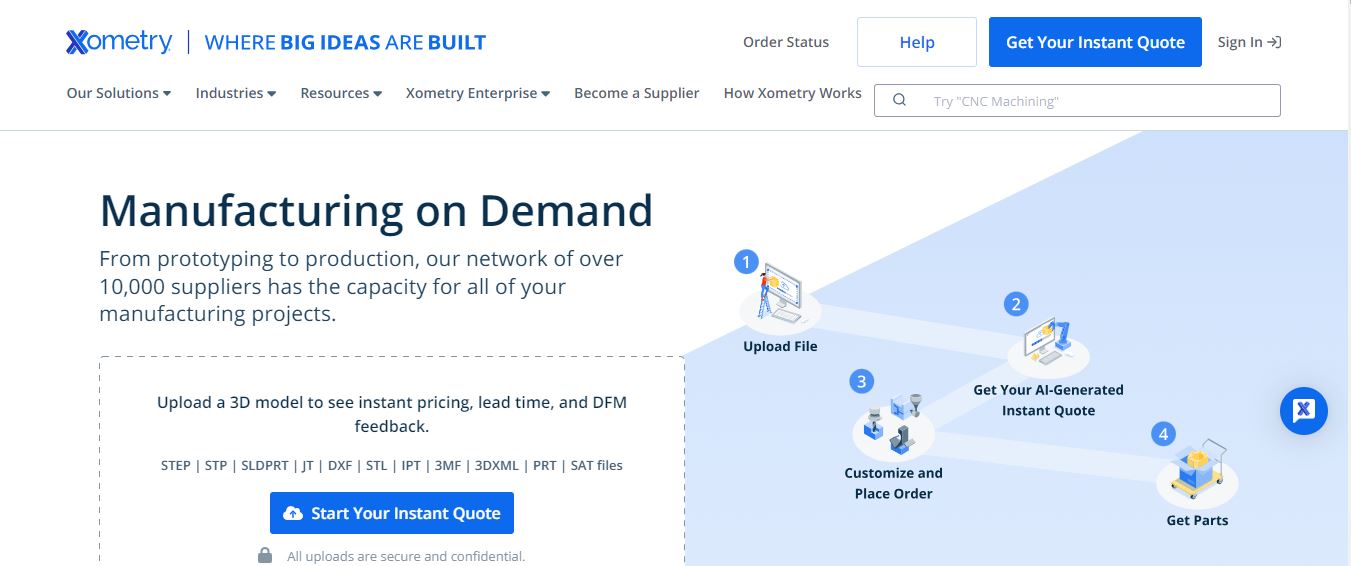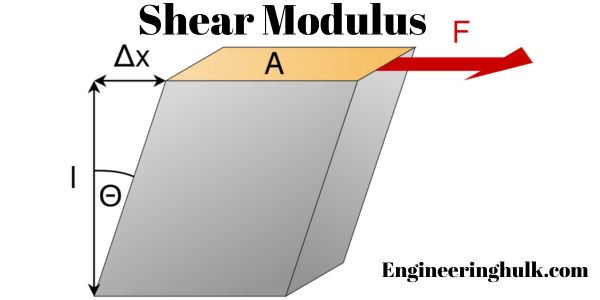Table of Contents
When it comes to buying anesthesia machines, it is essential to make an informed decision that prioritizes patient safety, functionality, reliability, and cost-effectiveness. Selecting the right anesthesia machine requires careful consideration of various factors.
Assess Your Requirements:
Before beginning your search for anesthesia machines, it is crucial to assess your specific needs and requirements. Factors to consider include the volume of procedures performed, the complexity of surgeries, the available budget, and the types of patients you treat. This evaluation will help determine the most suitable type of anesthesia machine for your facility.
Understand the Types of Anaesthesia Machines:
Anesthesia machines come in various types, each with unique features and capabilities. The two primary types are:
a) Continuous Flow Anaesthesia Machines:
These machines deliver a continuous flow of gas to the patient, with gas mixtures adjusted manually or automatically. They are commonly used in standard surgical procedures and are suitable for facilities with moderate patient loads.
b) Controlled Anaesthesia Machines:
These machines offer advanced features such as advanced ventilation modes, integrated monitors, and electronic record-keeping capabilities. They are ideal for complex surgeries and intensive care units where advanced monitoring and control are required.
Consider Safety Features:
Prioritize patient safety when purchasing an anesthesia machine. Look for machines that incorporate essential safety features, including:
– Oxygen failure protection devices:
These devices ensure a continuous supply of oxygen, even in the event of failure.
– Pressure relief valves:
These valves prevent excessive pressure buildup in the breathing circuit.
– Gas monitoring capabilities:
Machines equipped with gas monitoring systems help monitor the concentration of inhaled and exhaled gases.
– Alarm systems:
Audible and visual alarms alert medical staff in case of critical changes in pressure, oxygen levels, or other parameters.
Evaluate Functionalities and Features:
Consider the functionalities and features you require in an anesthesia machine based on the procedures performed in your facility. Important features to consider include:
– Ventilation modes:
Different ventilation modes allow for controlled ventilation, pressure support, and spontaneous breathing.
– Integrated monitors:
Machines with built-in monitors simplify the process of monitoring vital signs, gas concentrations, and other relevant parameters.
– Vaporizer compatibility:
Ensure that the machine is compatible with the specific vaporizers used in your facility to administer volatile anesthetics.
– Ergonomics and user interface:
Look for machines with intuitive user interfaces and ergonomic designs that facilitate ease of use and minimize user errors.
5. Seek Quality and Reliability:
Investing in a reliable and durable anesthesia machine is crucial to ensure its long-term performance and minimize downtime. Consider factors such as the reputation of the manufacturer, warranty coverage, availability of spare parts, and after-sales support. Reading reviews and seeking recommendations from trusted sources can provide valuable insights into the quality and reliability of different brands and models.
Factors to Consider for Size and Mobility
1. Assess Your Facility’s Requirements:
Before beginning the purchasing process, it is essential to evaluate your facility’s specific needs. Factors to consider include the number and variety of surgical procedures performed, patient demographics, available space, and other relevant considerations. This assessment will help you determine the appropriate size and mobility specifications for your anesthesia machine.
2. Size Considerations:
Anesthesia machines come in different sizes, ranging from compact portable units to larger, more comprehensive models. The size of the machine depends on factors such as the number of gas and vaporizer positions, breathing systems, auxiliary gas outlets, and additional monitoring and support features.
a. Portable Anaesthesia Machines:
If your facility frequently performs procedures in different locations or lacks dedicated space, a portable anesthesia machine might be the ideal choice. Portable units are compact, lightweight, and easy to transport. They typically feature a minimalistic design, with fewer gas and vaporizer positions and simplified monitoring capabilities.
b. Stationary Anaesthesia Machines:
For facilities with dedicated operating rooms or fixed locations, stationary anesthesia machines provide greater functionality and versatility. These machines offer more gas and vaporizer positions, advanced monitoring features, additional breathing systems, and increased storage capacity. They are designed for higher patient volumes and more complex procedures.
3. Mobility Considerations:
Mobility is a crucial aspect to consider when purchasing anesthesia machines, as it affects the flexibility and convenience of their use. Here are some mobility factors to keep in mind:
a. Casters and Wheels:
Ensure that the anesthesia machine you choose is equipped with high-quality casters or wheels. Smooth-rolling, lockable casters allow for easy transportation within the facility. Opt for machines with sturdy and durable wheels that provide stability during movement.
b. Integrated Handles:
Look for anesthesia machines with integrated handles that facilitate easy maneuverability. These handles should be ergonomically designed and strategically placed to ensure convenient transportability.
c. Cable Management:
Efficient cable management is vital for mobility. Anesthesia machines with well-organized cable routing systems and storage compartments help reduce the risk of tripping hazards and make it easier to move the machine from one location to another.
4. Safety and Compliance:
When purchasing an anesthesia machine, prioritize patient safety and compliance with regulatory standards. Ensure that the machine meets all relevant safety guidelines, such as those set by regulatory bodies like the FDA or local health authorities. Verify that the machine undergoes regular maintenance and calibration to guarantee optimal performance.
5. Consider Future Needs:
Lastly, it is essential to consider future needs when buying an anesthesia machine. Evaluate the growth potential of your facility and the likelihood of changes in surgical procedures or patient volumes. Investing in a scalable anesthesia machine that can adapt to evolving requirements will help avoid premature replacements and save costs in the long run.
Budget Considerations:
While prioritizing patient safety and functionality, it is also important to consider your budget constraints. Compare prices from different suppliers and manufacturers while keeping in mind the long-term value and maintenance costs. Remember that the cheapest option may not always be the most cost-effective in the long run if it compromises on quality or lacks essential features.
Also, read Angel 65 keyboard







